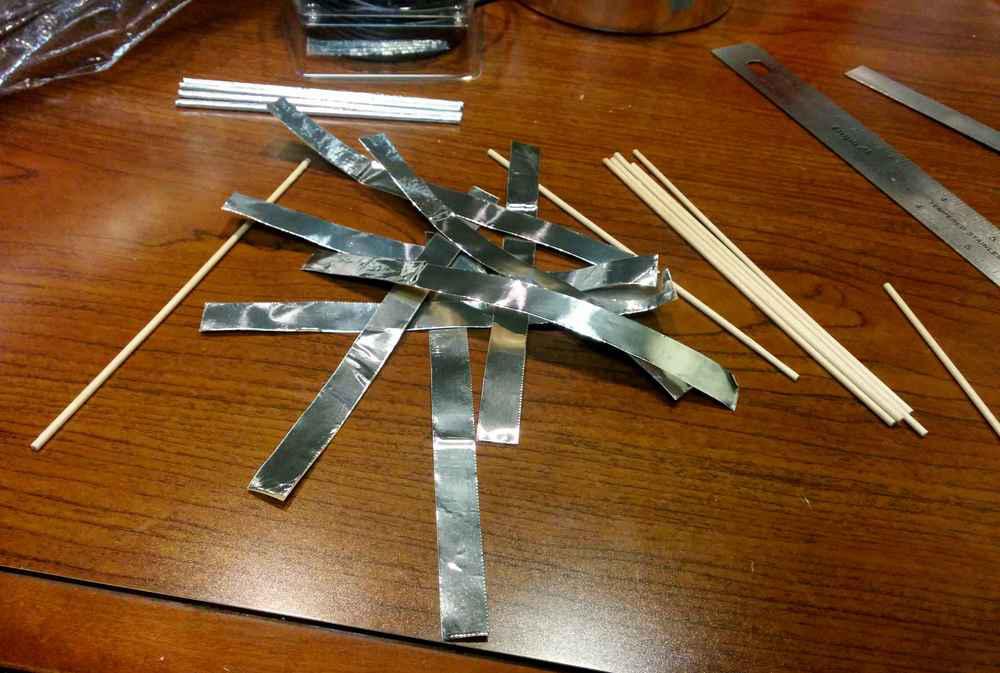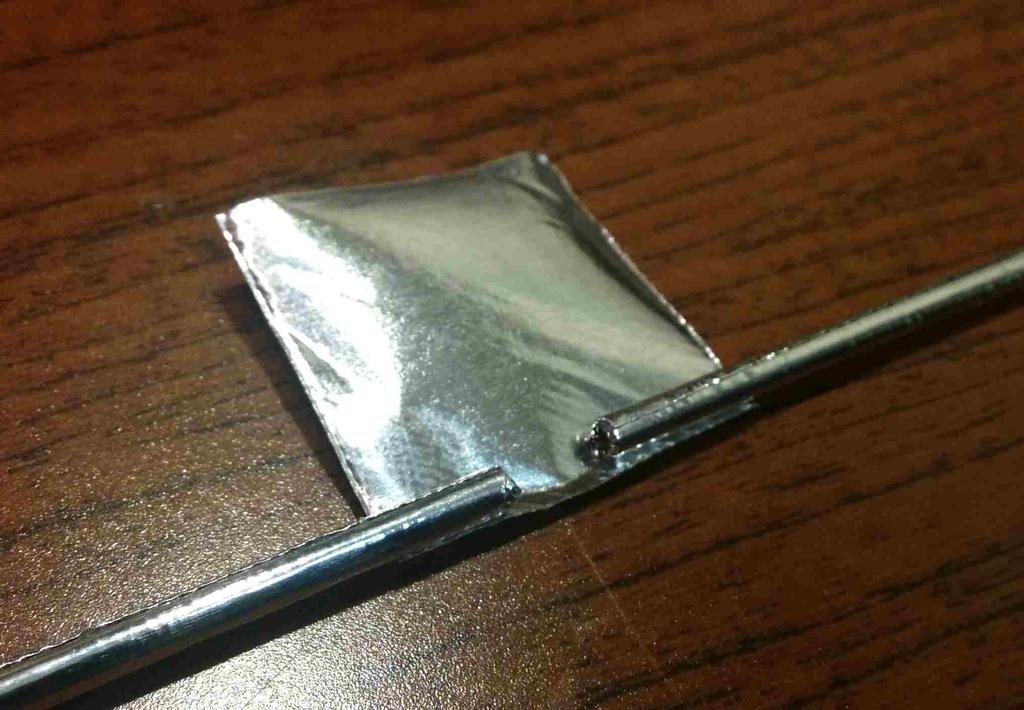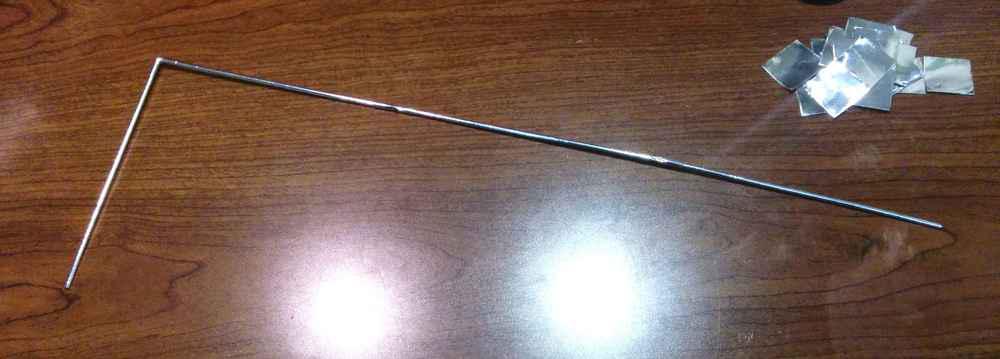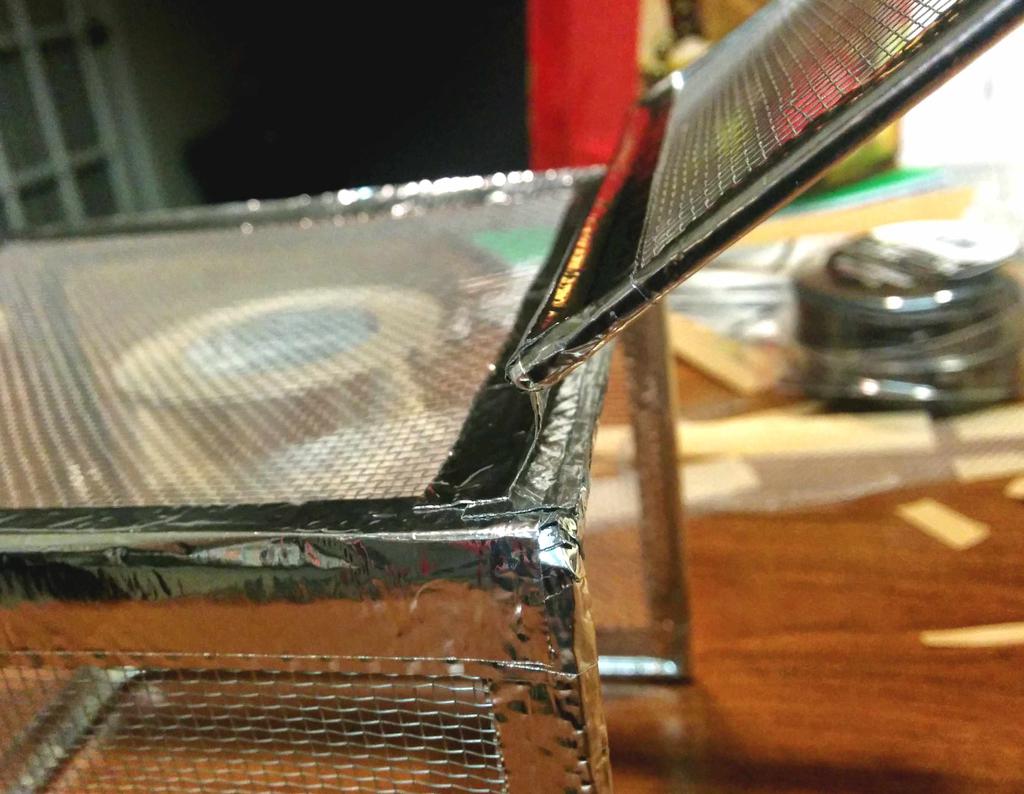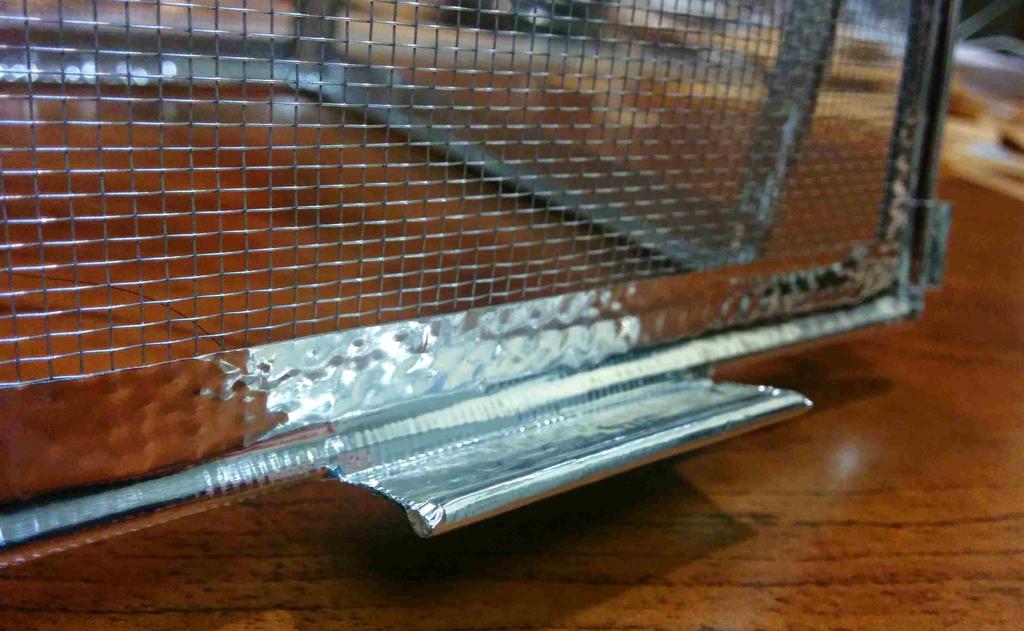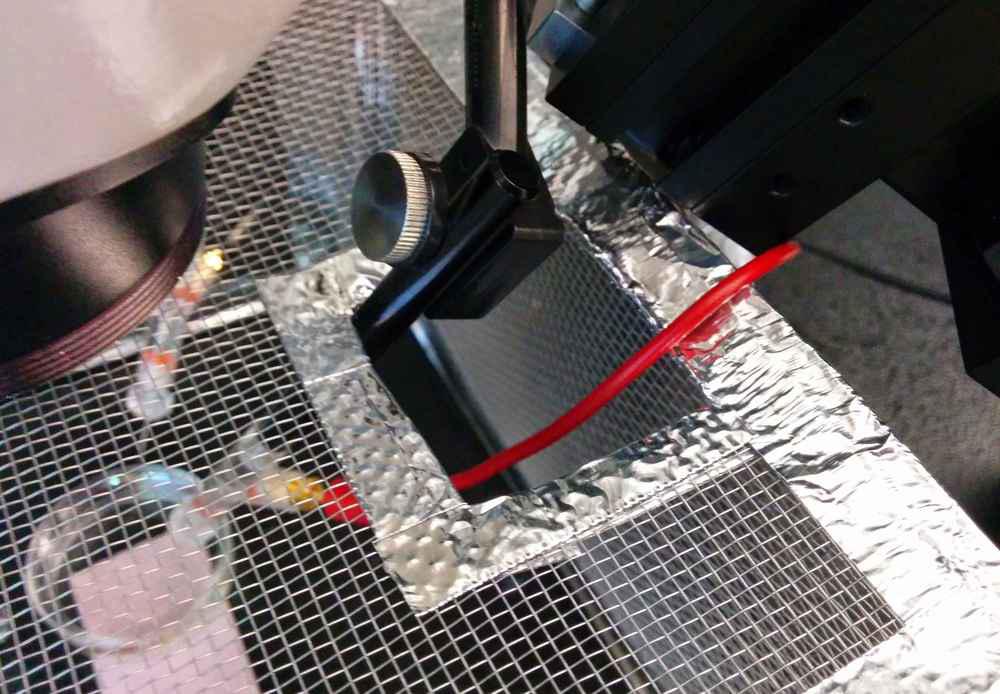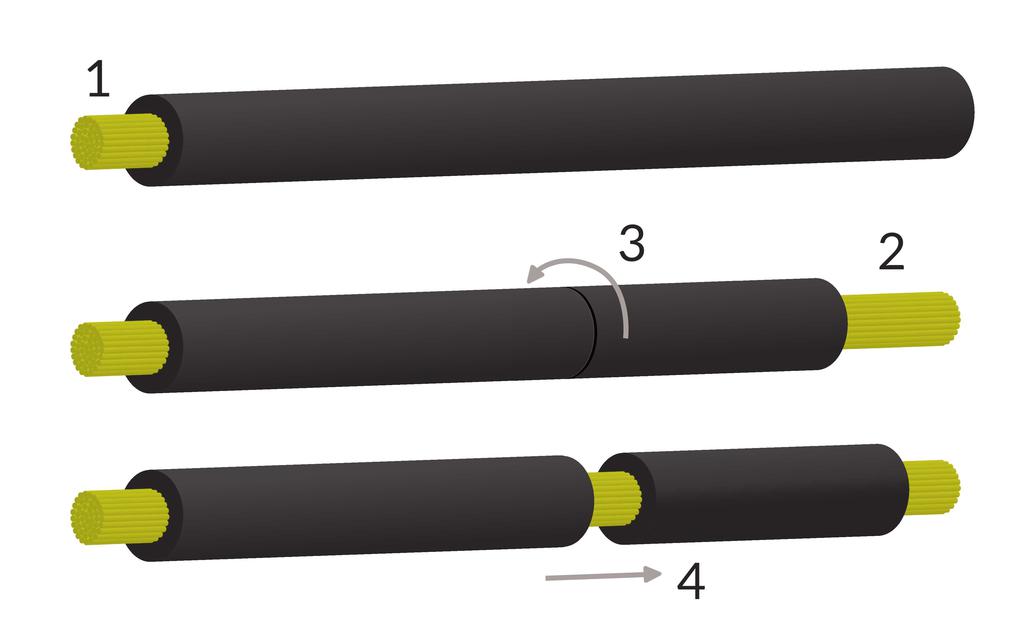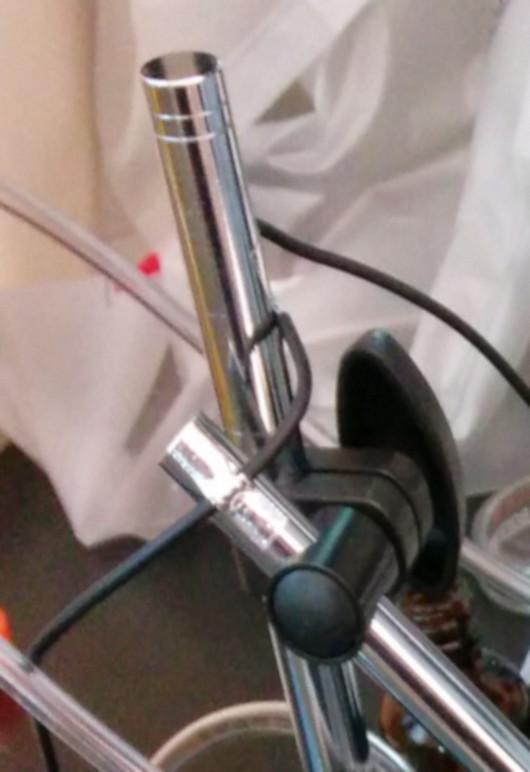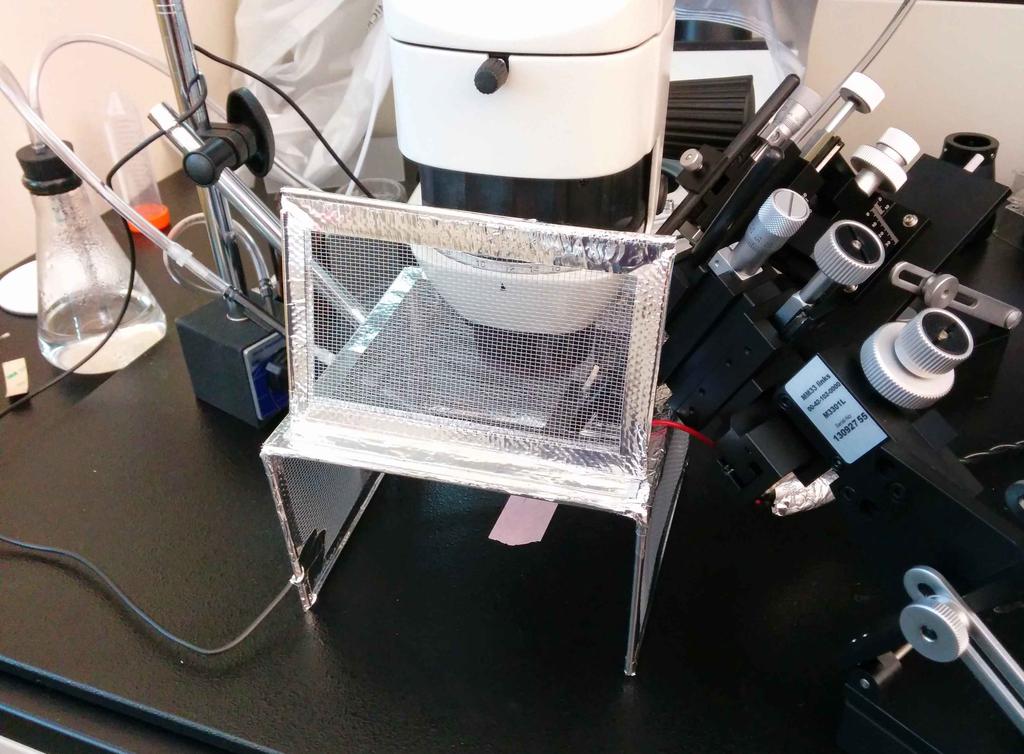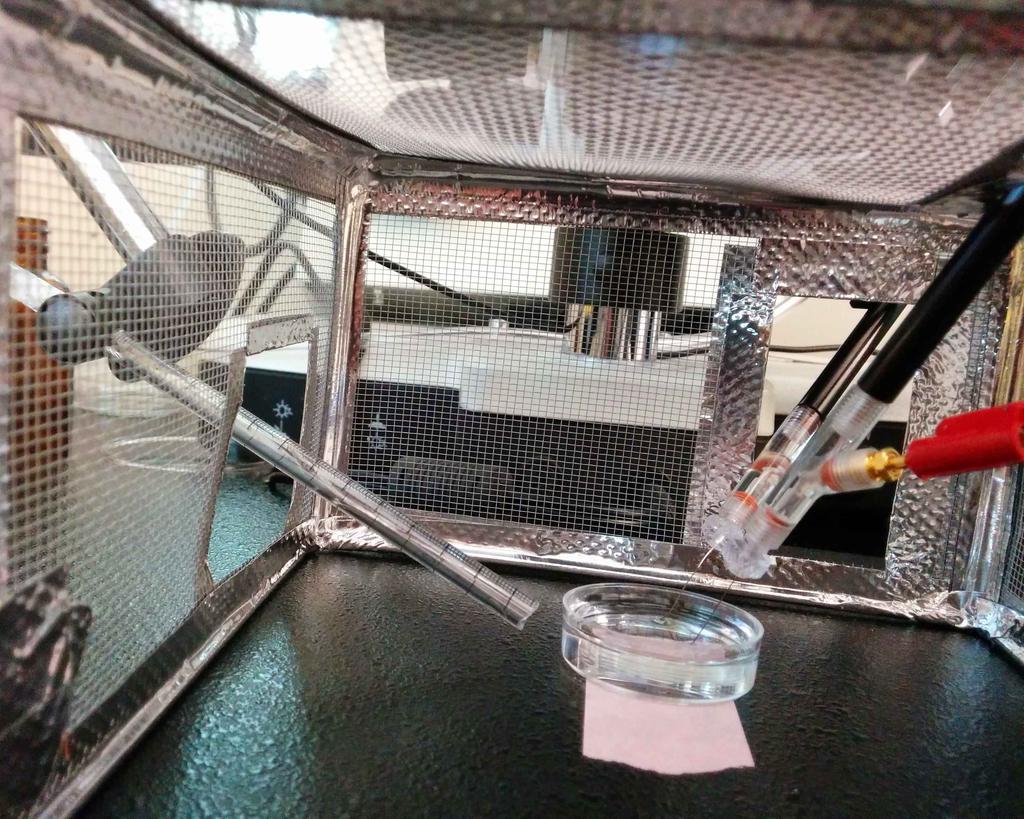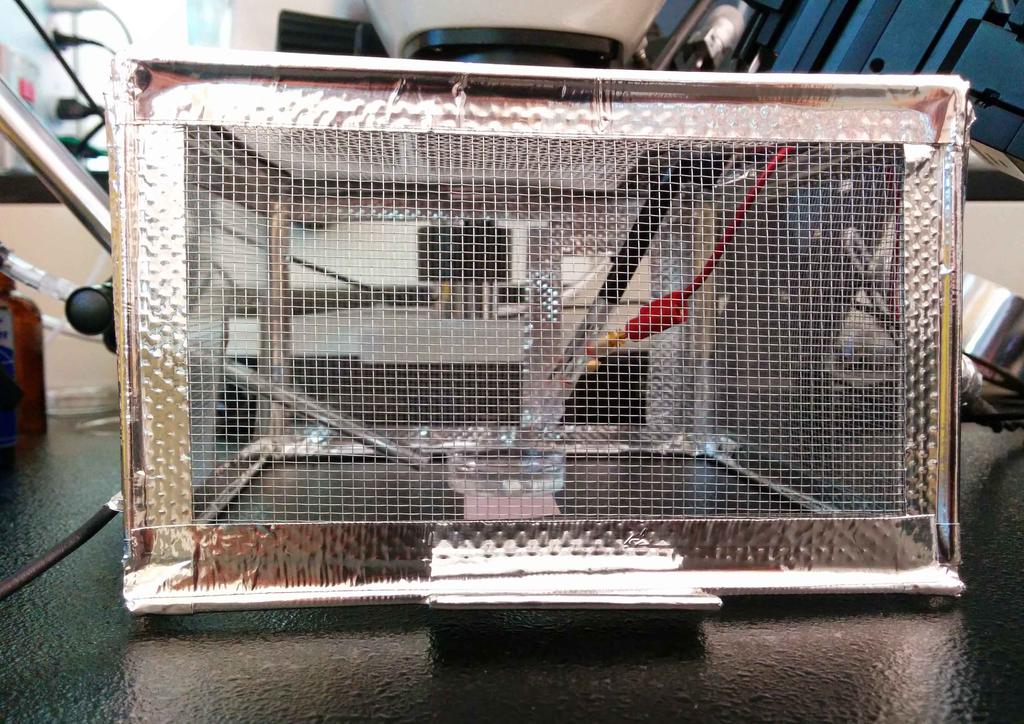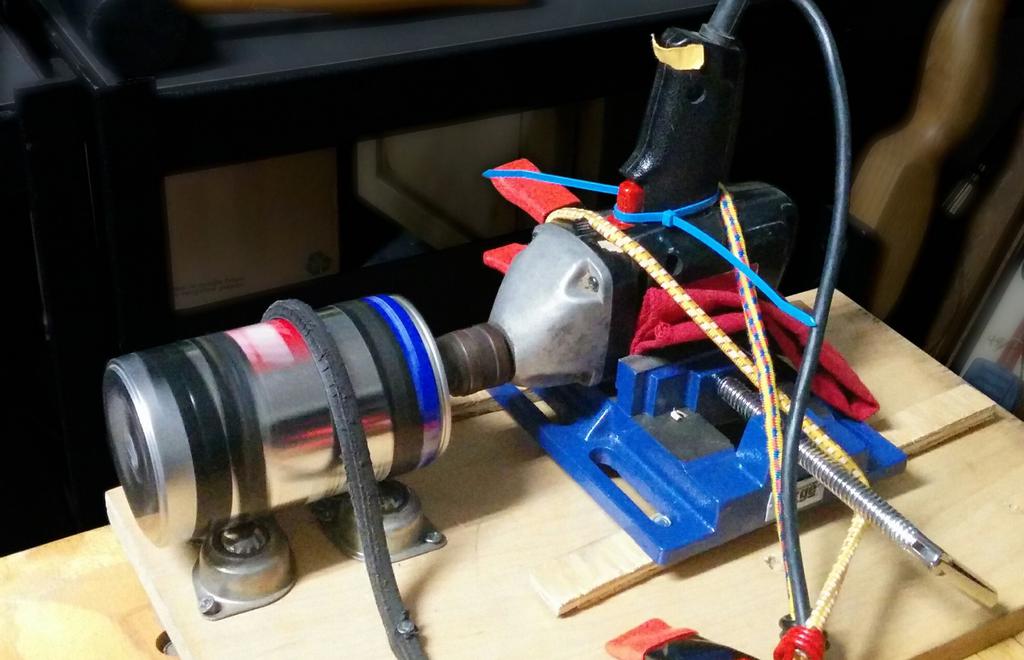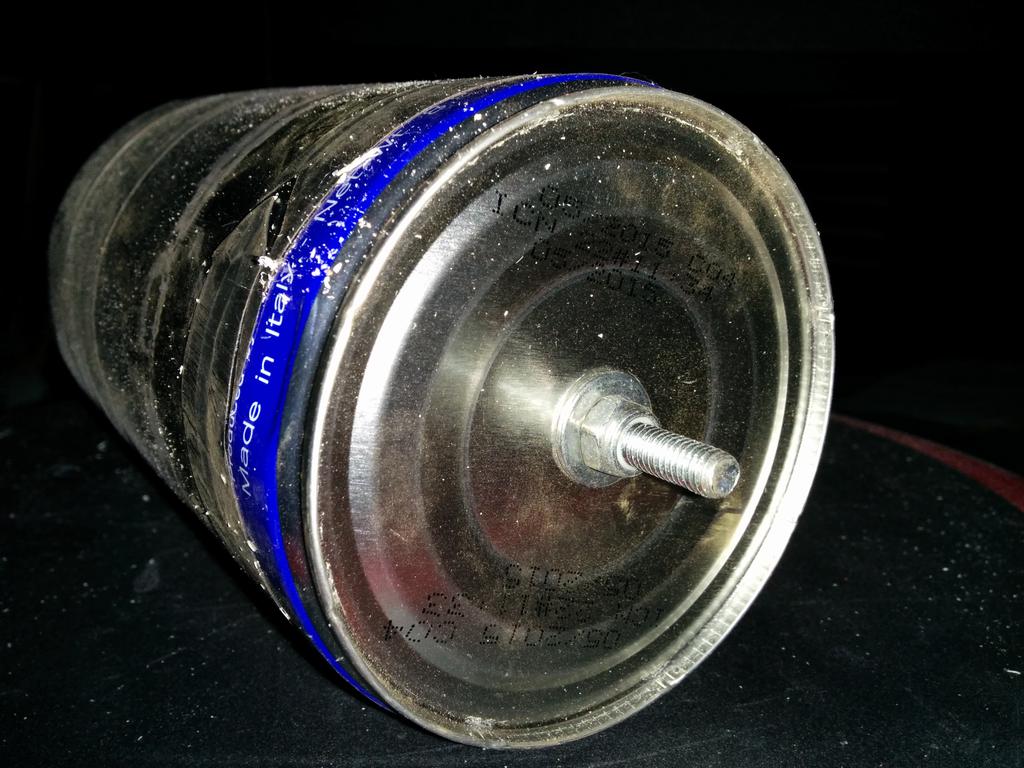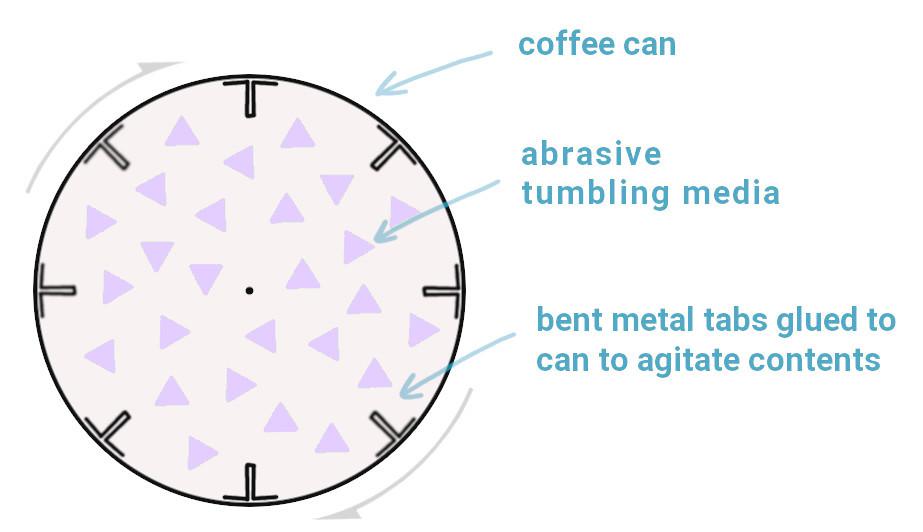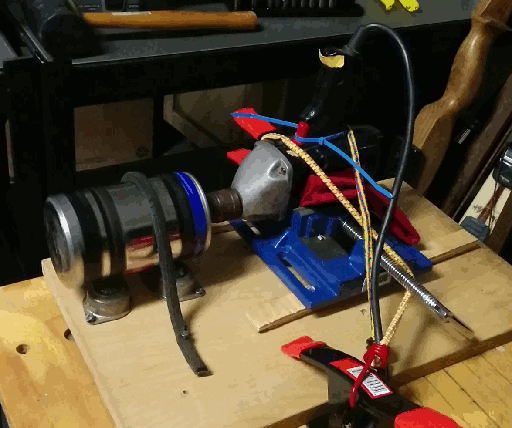It's no secret that I love garage sales. Over the last few years, weekly garage sailing
has allowed me to significantly bolster my workshop without weighing too heavily on my wallet.
One caveat to this is that some of the tools and equipment that I've bought have been rusty, either by age or neglect. In dealing with this, I've picked up a few tricks for removing rust, so I thought I'd share some of these here for others to benefit from.
WD40/Mineral Spirits
For very mild removal of very minimal surface rust and grime, I like to use an old rag (and an toothbrush for hard-to-reach areas) to wipe the item with either WD40 or odorless mineral spirits. The odorless mineral spirits (which is a bit viscous) can be left on the item to soak for some time before scrubbing, but won't do anything for the rust if it's allowed to dry.
If this doesn't do the job, a nylon-bristled brush or brass-bristled brush can be used for light scrubbing, though if it comes to this, it's usually easier to move on to vinegar (which I wouldn't recommend for something with moving parts, like a ratchet, unless it can be fully disassembled first).
White Vinegar (or Diet Coke)
For anything more than light surface rust, especially if I don't want to risk damaging the item with a wire wheel, I will soak it in vinegar. For this, I use undiluted white vinegar (standard 5% w/v grocery store stuff) with salt dissolved until saturated at garage temperature (usually around 90°F here). From what I understand, the salt here acts as a descaling agent to speed up this process, and though I haven't empirically tested its effectiveness against vinegar alone, it does seem to help. If Diet Coke (or generic) happens to be cheaper than vinegar on a given day, I'll use that instead; it works just as well. Why Diet Coke? Even the ants don't like it!
For minor surface rust, I might submerge an item for as little as 1 hr. The longest I routinely go is 24 hrs (though I've gone as long as 48), and I have not seen any pitting or discoloration as a result. That said, a long soak in vinegar will damage chrome plating/paint/powder-coating if it is already starting to flake; I haven't had issues doing this with chrome-plated tools when the chrome is uninterrupted, though these usually get closer to 1 hr of soaking than 24 hrs. Be sure to clean any oil or grease from the item before soaking, as it may significantly slow down the process.
During the vinegar soak, I'll periodically brush the tool using a nylon or brass brush, to remove any rust that has already loosened, while keeping it submerged. If I'm not yet satisfied with the results, I'll leave in vinegar for longer, brushing it occasionally as needed. If you see the tool bubble, you know it's working.
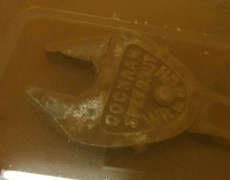
Immediately after removing the tool from vinegar, I drop it into another bath containing washing soda (Sodium Carbonate, Na~2~CO~3~) and dish soap for a few minutes, making sure to circulate the water a bit while it's in there. This base neutralizes the vinegar and prevents flash rusting.
I then take the tool from the second bath, rinse thoroughly under running water, and dry immediately, using WD40 or some substitute to displace any trapped water. Most tools then get a thin later of Johnson's Paste Wax (magical stuff) for further protection, and Super Lube (or other suitable lubricant) if it has any moving parts.
I use shoebox-sized plastic containers for this, and usually wait until I have at least a handful of tools to clean up.
Note: I've heard Evapo-rust is also quite effective, but don't really see any advantage to using that over vinegar or diet soda.
Wire Wheel
If the item is too rusty to be soaked in vinegar, of if the coating is beyond salvage, I might move forward to using a fine-bristled wire-wheel (brass is is much less harsh than steel, but a fine-bristled steel wheel can work), in a drill, on an angle-grinder, or mounted to a bench grinder. This can be dangerous for several reasons, and beyond that, can cause damage to an item very quickly, so I tend to use this technique sparingly.
Some precautions: - Don't wear gloves, as they can get caught in the wire wheel as it spins. Do wash your hands after you finish. - Hold the item with a firm grip, and always position it so that if you lose your grip, it is thrown away from (not toward) you. If you are not completely comfortable with your grasp of the item, either find another way to hold it, or do not proceed. - Wear a mask and goggles, and maintain plenty of air circulation (as with a large fan). It is not good to breathe the rust and metal dust that comes off of the items when doing this, especially if the item is galvanized or cadmium-plated (zinc and cadmium are exceptionally bad to inhale), and pieces of dust or metal may be thrown into your eyes if you aren't wearing goggles. Because of the potential toxicity, I avoid using a wire wheel on anything that I even suspect to be made or coated with these materials, and I strongly recommend that others do the same.
After using a wire wheel, I will finish the item with paste wax as if I had used vinegar, to protect from future rust.
These procedures are obviously not practical or desirable for everyone. I am a DIYer and use my tools once I clean them up. I enjoy the process of bringing them back to life, enjoy using them once I have done so, and love that by restoring them, I can rescue them from a landfill and become a small part of each tool's storied history. This is why it is worth it to me. It also doesn't hurt that rusty pieces of crap
cost next to nothing.
As a final remark, remember to take appropriate precautions when using any of these techniques: if you don't want it on your tools, you definitely don't want it in your lungs!

